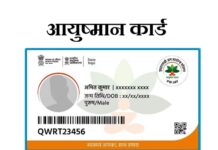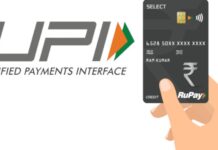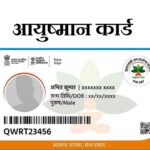The last step in filing your income tax return (ITR) is to verify it. If you do not verify your income tax return, then it will not be considered valid according to income tax laws.
Abhishek Soni, CEO, Tax2win, a tax-filing company says, “Once you have uploaded your ITR on the e-filing website, you get 120 days to verify your return. There are 6 ways to verify your income tax return. Out of these, five are electronic methods and one is a physical method. These methods can be used only if you are filing tax returns which are not required to be audited, i.e., usually ITR-1, ITR-2 and ITR-4 for FY2019-20 However, if you are filing your tax returns which are required to be audi ..usually ITR-1, ITR-2 and ITR-4 for FY2019-20 However, if you are filing your tax returns which are required to be audited, then you have to verify it using the ‘Digital Signature Certificate’.”
Here are six ways you can e-verify your ITR:
1. EVC generated through ATM: There are some banks which are authorised by the Income Tax Department to provide e-verification facility. Check the list to see if your bank is listed there. Visit your bank’s ATM and swipe your ATM card. Select the ‘PIN for e-filing option’. An Electronic Verification Code (EVC) will be generated and will be sent to the registered mobile number. You can use this EVC to e-verify your return online.
2. EVC generated through Net Banking: If your bank is authorised by the Income Tax Department to provide e-verification facilities then you can log in to your net banking and click on ‘e-verify’. You will be directed to the e-filing portal. Click on ‘My Account’ option and an EVC will be generated which will be sent to the registered mobile number.
3. Aadhaar based OTP: Linking Aadhaar with PAN is mandatory for filing ITR and taxpayers can verify their return using Aadhaar generated a one-time password (OTP). Log in to e-filing portal and then click on ‘Generate Aadhaar OTP’ option. You will receive the OTP on the registered mobile number. This OTP will only be valid for 10 mins. Enter the OTP to verify your ITR.
4. EVC generated through e-filing portal: Those taxpayers whose income is below Rs 5 Lakh, can verify their ITR on e-filing portal. They have to click on ‘e-verify’ option after which the EVC will be sent to the registered email ID and mobile number. Use this EVC to verify your tax returns.
5. EVC generated through Demat Account: Before you use this method to e-verify your returns, ensure that you provide your depository details on the e-filing portal. These details should be confirmed by the depository itself. Select profile setting on the portal and pre-validate your account. Choose EVC for verification using a demat account. The EVC generated will be sent to the registered mobile number which can be then used to e-verify the return.
6. Sending signed ITR-V/Acknowledgement receipt through post: You can send a signed copy of ITR-V (Acknowledgement receipt) to the income tax department. ITR-V is a one-page document which must be signed in blue ink. It must be sent either via ordinary post or speed post. You cannot courier ITR-V. You must send it to address -CPC, Post Box No – 1, Electronic City Post Office, Bangalore – 560100, Karnataka, India.
It is worth mentioning that you are not required to send any supporting document along with the ITR-V. You will receive an SMS on your mobile phone and email ID once your ITR is received by the tax department. This intimation is only for receipt of ITR-V. You will receive another intimation separately when your tax return is processed.















